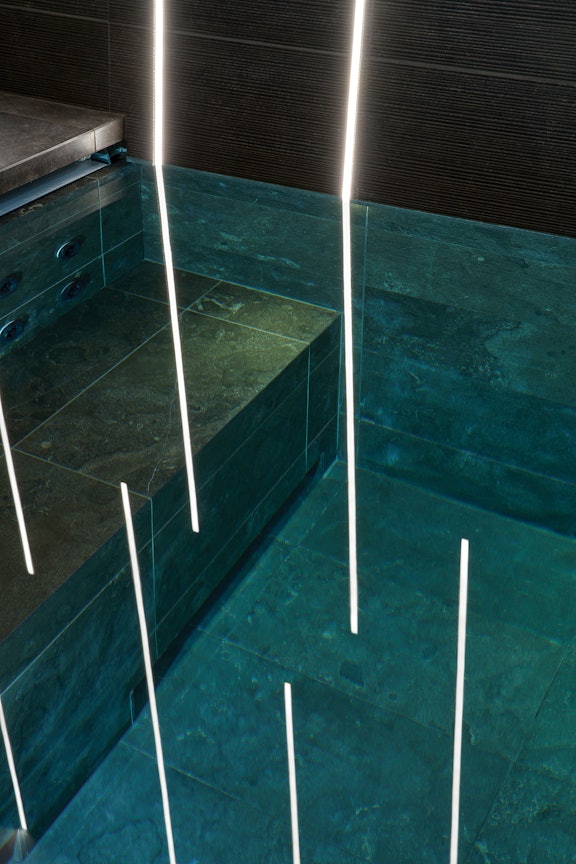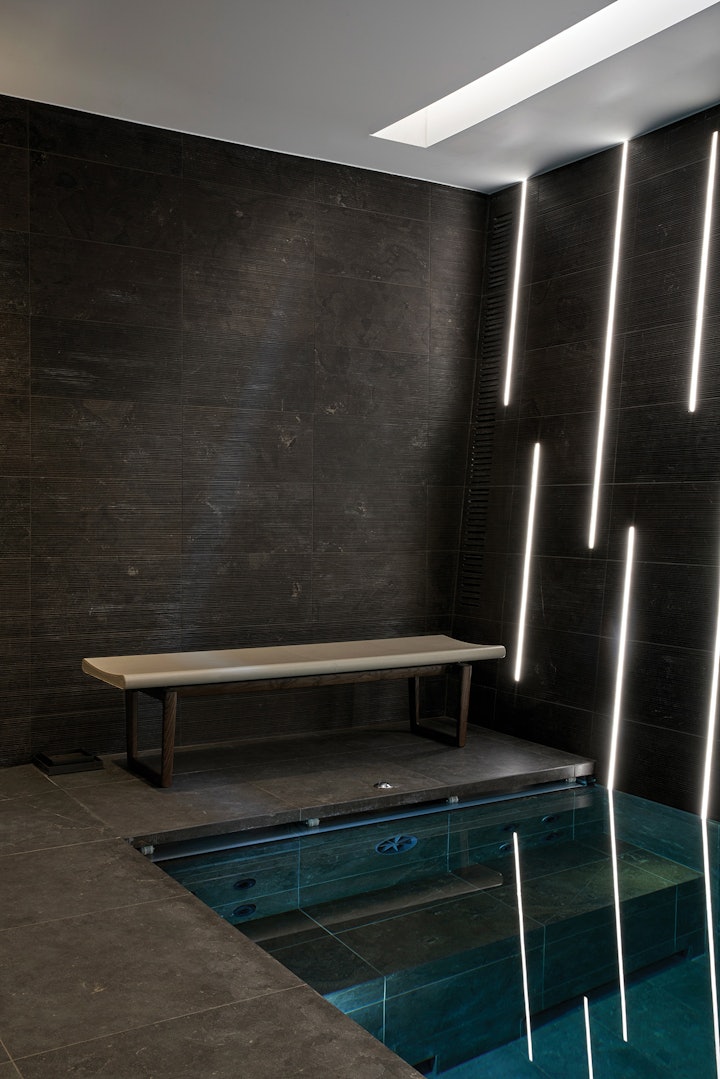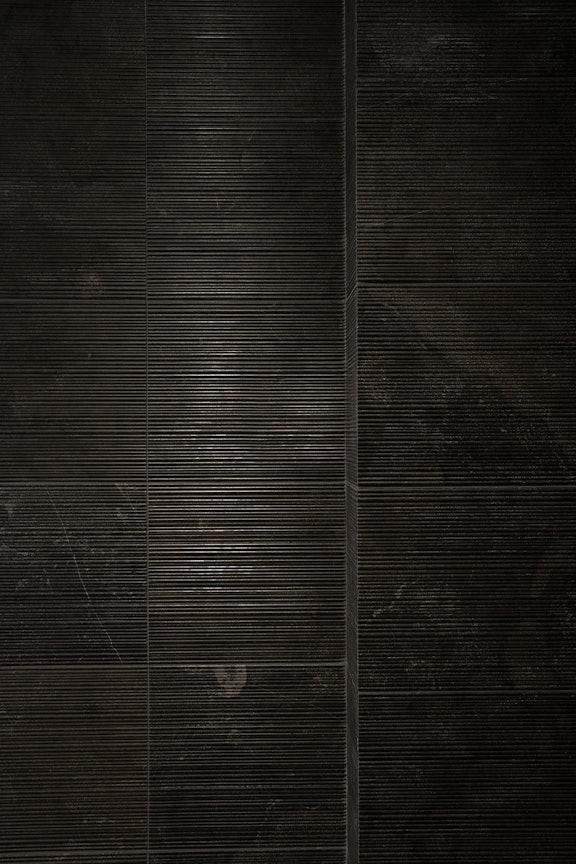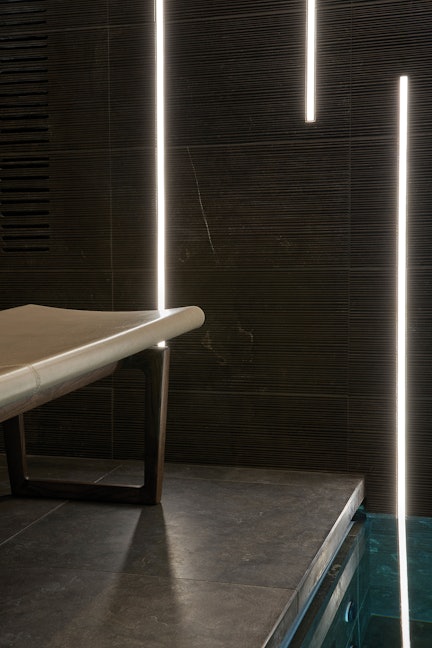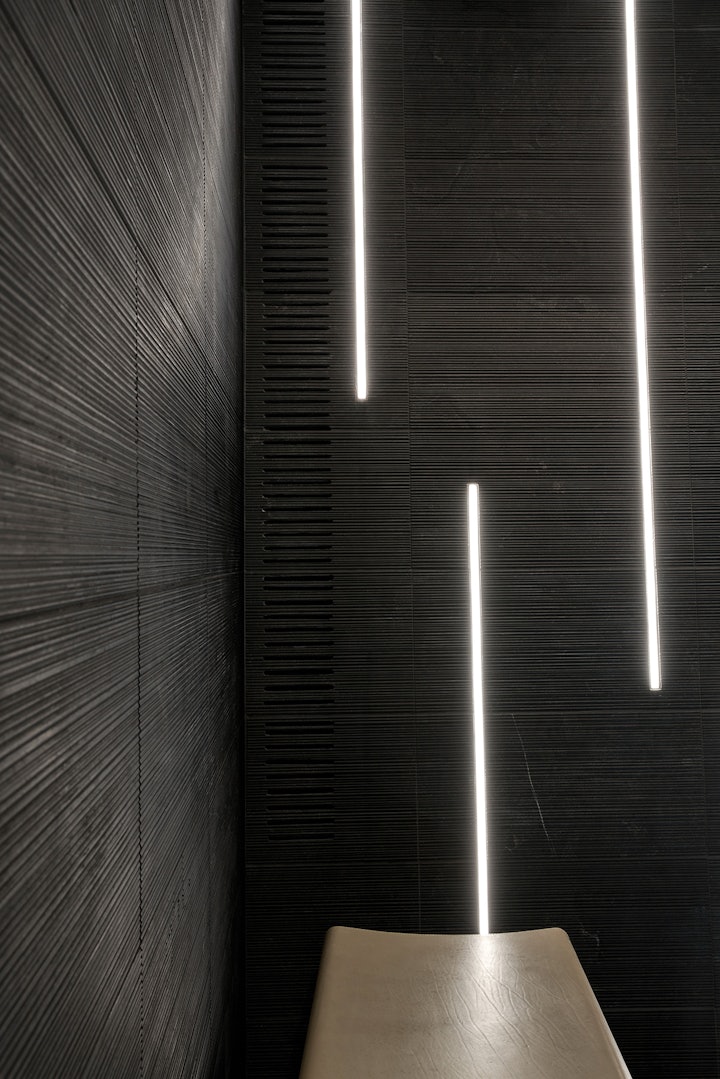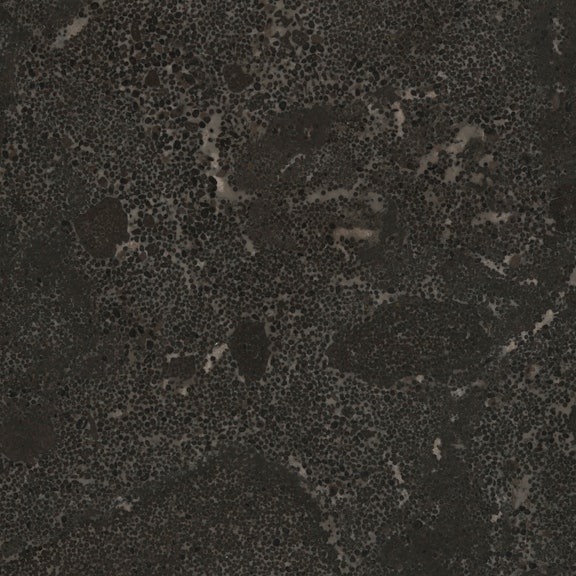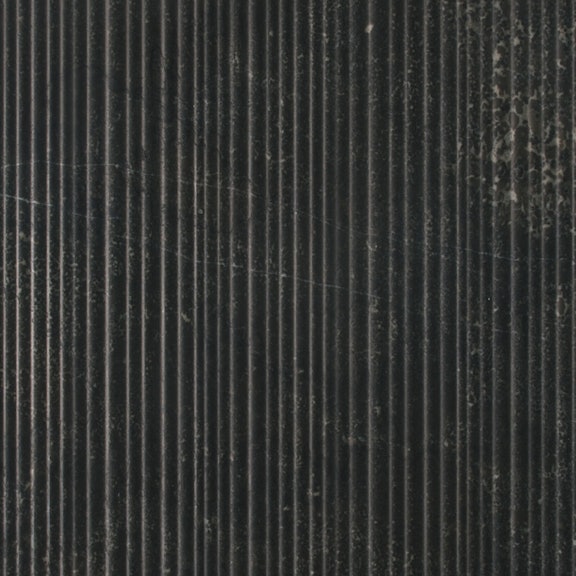Chapel Street
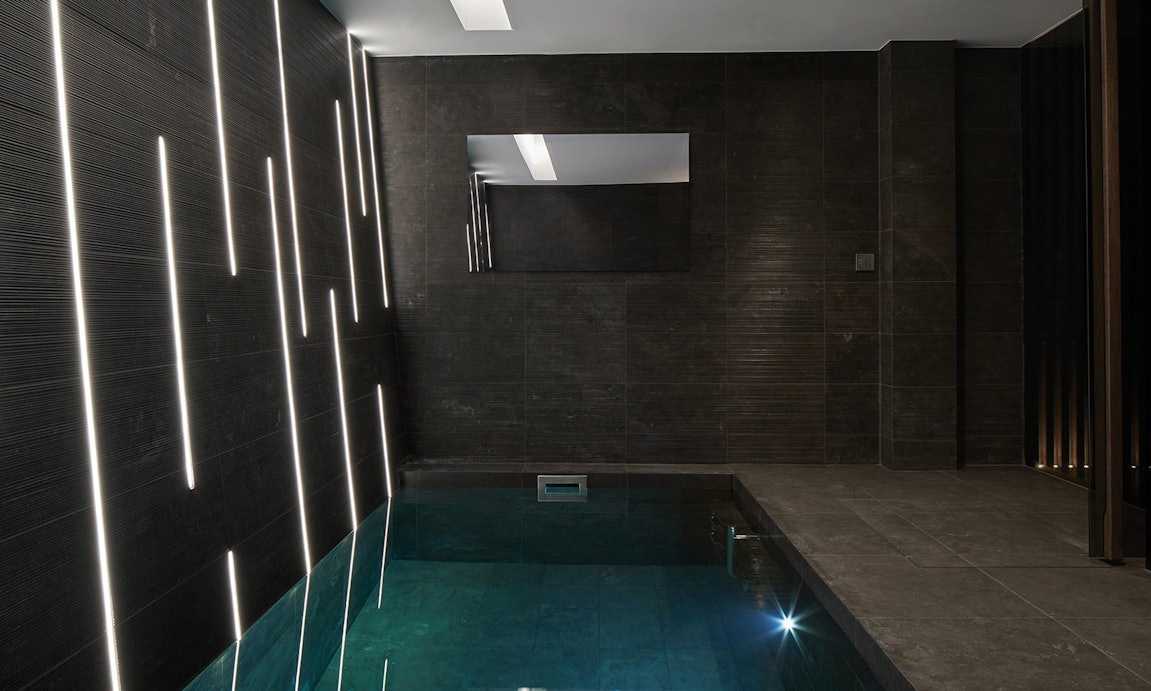
The enemy of design is the absence of limitations
The great film director Orson Wells once remarked that the enemy of art is the absence of limitations. In an era when digital tools and production techniques are enabling design and architecture to reach dizzying heights – metaphorically and literally – the most innovative approaches in these disciplines are now often being found in response to the most challenging and restrictive briefs.
As is the case with architectural designer Claire Nelson. Having just fallen short of newly introduced rules in London, restricting the size of basement extensions, Nelson found an innovative solution for the limited basement space in a house she was redeveloping. Maximising the use of the subterranean levels, Nelson and her team created an area of calm and relaxation, installing a resistance pool, sauna and wine cellar without compromising on a sense of space or light.
We caught up with her to discuss the project, the qualities of natural stone, and working with Salvatori.
What were the particular challenges of this project?
The client had asked us to completely rip the house out and start again – they loved where they lived but needed more room, and so we extended at the rear, took the roof off and increased the size of the rooms inside. The basement was restricted by planning laws but what we achieved has been quite effective – we may not have had space for a pool and a gym but we were able to give the client a sauna and resistance pool, as well as space for their wine cellar.
How did you approach the design of the basement?
We wanted to first acknowledge the fact that it was a basement and decided to make the space dark and moody rather than artificially bright. Lighting here is very important: there is a long lightwell – you can see down into the pool from upstairs – and above the water we used natural stone at an angle to play with the sense of space. Into this we fitted long thin strips of LED lights that run down the wall and all the way through the pool, and which can be brightened or dimmed as needed.
You know you’re underground when you’re in there, but the dark colours, the angles of the walls, the mixture of architectural lighting and daylight coming from above, has given it a slightly different dimension to what you would expect from a standard basement conversion.
What drew you to use natural stone in this project?
You can’t beat proper natural stone for its variation – no piece is ever the same, the imperfections are always unique and fascinating, and it has a longevity that makes it more sustainable than other materials. As a designer you don’t tire of it. It’s a bit like fashion, our industry; it moves rapidly and trends come and go, but natural stone is timeless and always wonderful to work with.
The Salvatori showroom is just up the road from our office on Wigmore Street and so I walk past it every day. I love the different ways Salvatori treat the stone, as well as the amazing colour it has. The difference in finishing we used in the basement, the contrast between textured and smooth stone, gives a diversity while being coherent. I think it’s worked out very well, as well as being a bit different from what most basements with a small pool look like.
Credits:
Architecture by Claire Nelson
Photos by Joakim Blockstorm
